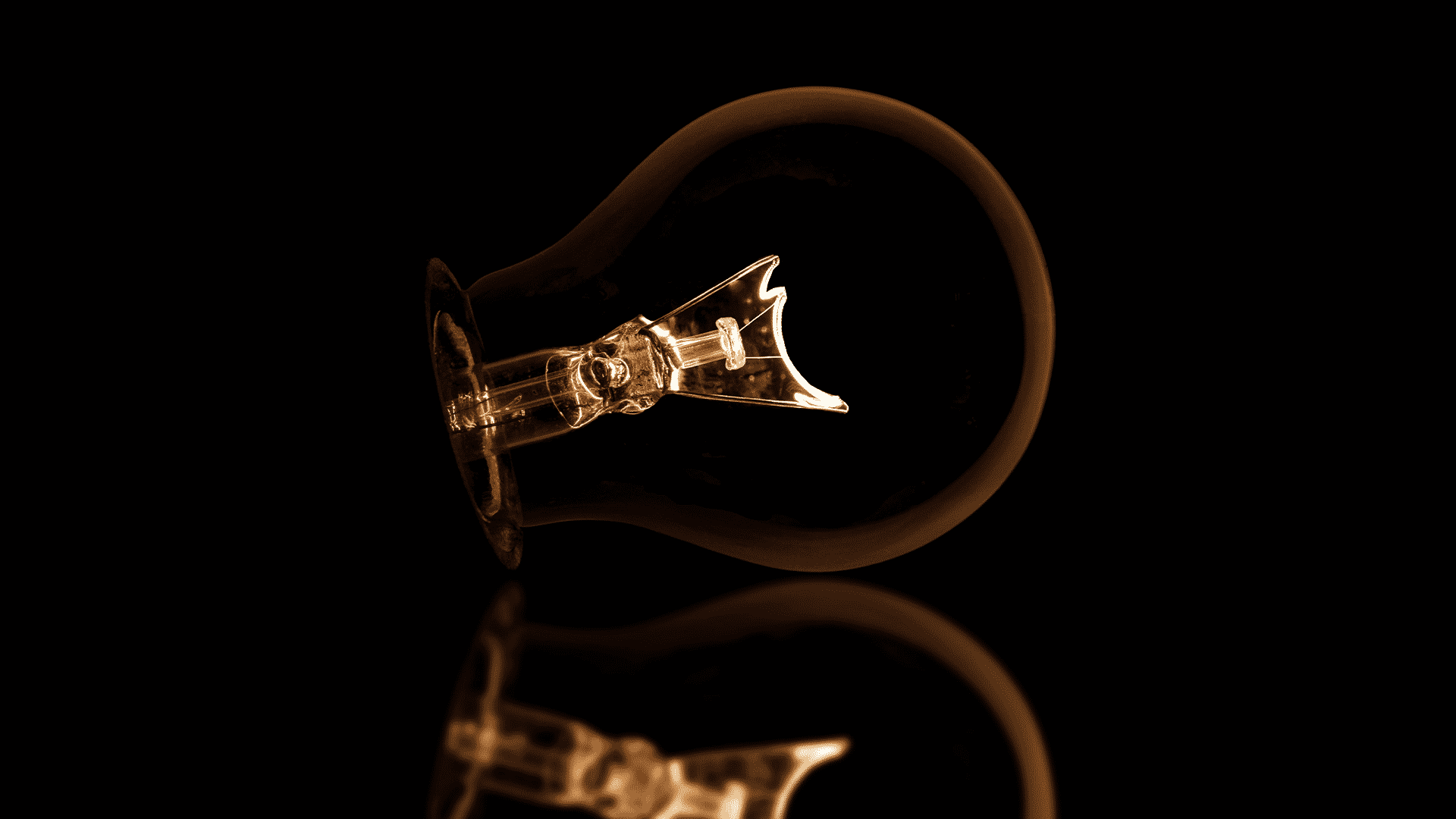
Sleep is an incredibly restorative process that helps us function day to day. However, the pressures of modern life have created a population that are racking up huge amounts of “sleep debt.”
Many of us simply aren’t getting enough sleep. There are obviously a lot of factors associated with this epidemic that are too numerous to delve into here. It’s not just the lack of sleep, it’s the lack of deep “REM” (aka Rapid Eye Movement) sleep we are being deprived of that prevents us from reaching our true creative potential.
In a recent study conducted by Dr. Sara C. Mednick, an Associate Professor of Psychology at the University of California and author of the book Take a Nap! Change your Life, she found that people who took naps featuring REM sleep – where dreams are most vivid – performed better on creative-oriented word problems.
Turns out, REM sleep helped people combine ideas in new ways.
Part of Dr. Mednick’s study involved a word-analogy test, similar to some SAT problems.
For example, given the problem “chips: salty::candy:_____” the answer would have been “sweet.”
After the first round was finished, around midday, the subjects were given 90 minutes to rest, during which they were monitored. The subjects were separated into three groups, one who napped with REM sleep, one who napped with no REM sleep, and the other who just rested quietly. The second round of tests came in the afternoon.
Participants were asked to guess what single word was associated with three seemingly unrelated words. The correct answers to a lot of the second-round questions were the same as those in the first round.
All groups remembered the morning’s answers equally well, proving that the second round wasn’t just testing nappers’ memorization abilities. Instead, the second round of tests showed REM “plays a role in helping people detach their memory of that word from being able to use that word in other contexts,” as noted by Dr. Mednick.
During the second round of questions, REM nappers improved their performances by 40 percent. The other two groups showed no signs of improvement at all.
“That means that REM sleep improved participants’ ability to see connections among seemingly unrelated things: the answers from the first-round analogy problems and the three words in each round-two association test,” said Dr. Mednick.
She noted that REM sleep plays a role in helping people detach their memory of that word from being able to use that word in other contexts, meaning their brains were operating at a much higher level creatively.
It’s a compelling argument in the name of napping.
So, why this interest in sleep and creativity? Much of our work is accomplished in tandem with mattress manufacturers, an industry dedicated to sleep.
When we consult with our clients, we want to be operating at our creative peak. At Ideal, we believe this is the best way for us to brainstorm, build, problem solve and create a beautiful final product.
Source: Dreams Make You Smarter, More Creative, Studies Suggest


Sleep is an incredibly restorative process that helps us function day to day. However, the pressures of modern life have created a population that are racking up huge amounts of “sleep debt.”
Many of us simply aren’t getting enough sleep. There are obviously a lot of factors associated with this epidemic that are too numerous to delve into here. It’s not just the lack of sleep, it’s the lack of deep “REM” sleep that we are being deprived of that prevents us from reaching our true creative potential.
In a recent study conducted by Dr. Sara C. Mednick, an Associate Professor of Psychology at the University of California, Irvine and author of the book Take a Nap! Change your Life, she found that people who took naps featuring REM sleep – where dreams are most vivid – performed better on creativity-oriented word problems.
Turns out, REM aka Rapid Eye Movement sleep helped people combine ideas in new ways.
Part of the experiment’s morning round involved a word-analogy test, similar to some SAT problems.
For example, given the problem “chips: salty::candy:_____” the answer would have been “sweet.”
After the first round was finished, around midday, the subjects of the study were given 90 minutes to rest, during which they were monitored. The subjects were separated into 3 groups, one who napped with REM sleep, one who napped with no REM sleep, and the other just rested quietly. The second round of tests came in the afternoon.
Participants were asked to guess what single word was associated with three seemingly unrelated words. The correct answers to a lot of the second round questions were the same as those in the first round.
All groups remembered the morning’s answers equally well, proving that the second round wasn’t just testing nappers’ memorization abilities. Instead, the second round of tests showed REM “plays a role in helping people detach their memory of that word from being able to use that word in other contexts,” as noted by Dr. Mednick.

During the second round of questions, REM nappers improved their performances by 40 percent. The other two groups showed no signs of improvement, at all.
“That means that REM sleep improved participants’ ability to see connections among seemingly unrelated things: the answers from the first-round analogy problems and the three words in each round-two association test,” said Dr. Mednick.
She noted that REM sleep plays a role in helping people detach their memory of that word from being able to use that word in other contexts, meaning their brains were operating at a much higher level creatively.
It’s a compelling argument in the name of napping.
So, why this interest in sleep and creativity? Much of our work is in tandem with many mattress manufacturers, an industry dedicated to sleep.
When we consult with our clients, we want to be operating at our creative peak. At Ideal, we believe It’s the best way for us to brainstorm, build, problem solve and create our way to a beautiful final product.
Copyright © 2022 Ideal™️. All rights reserved